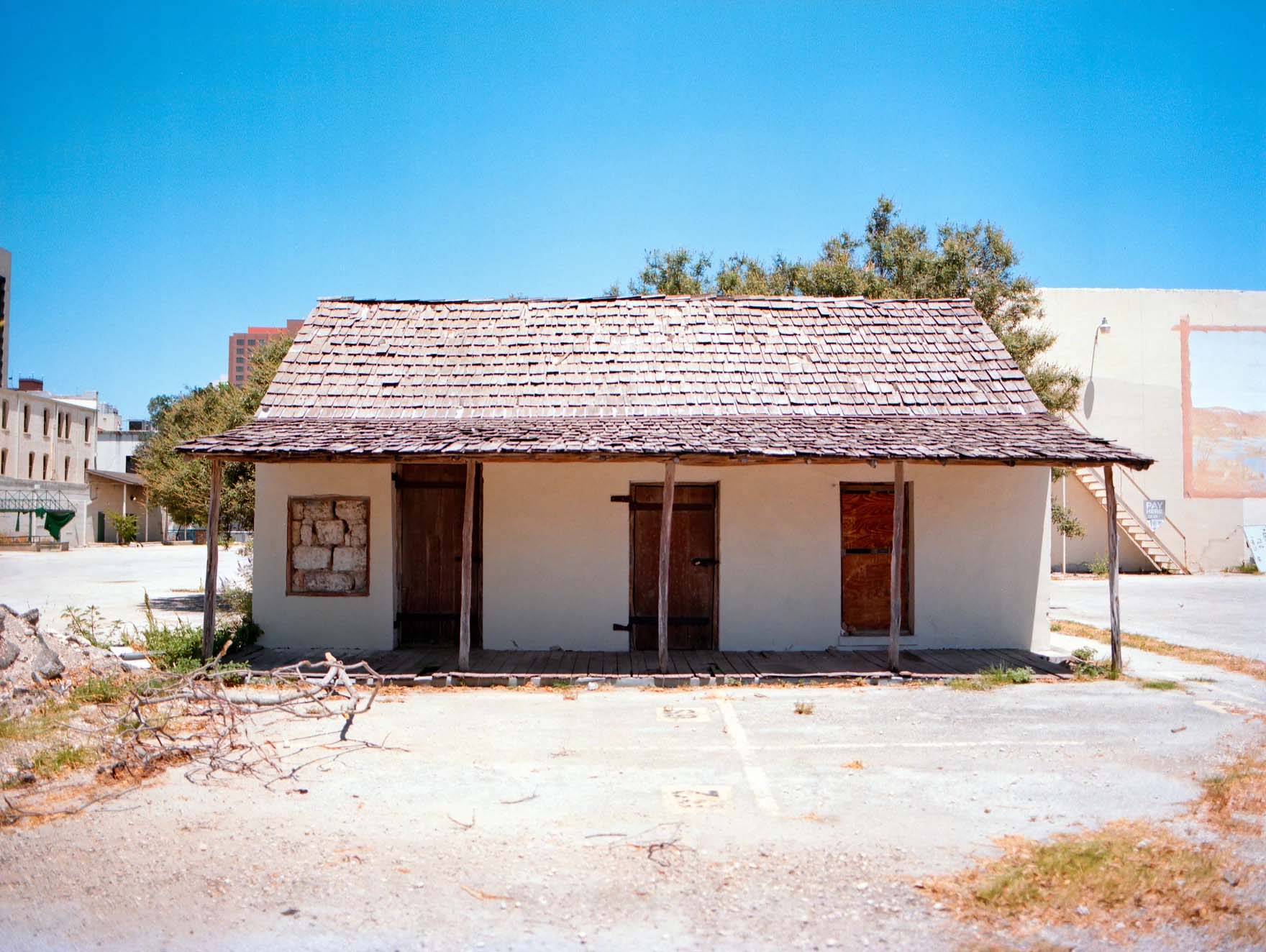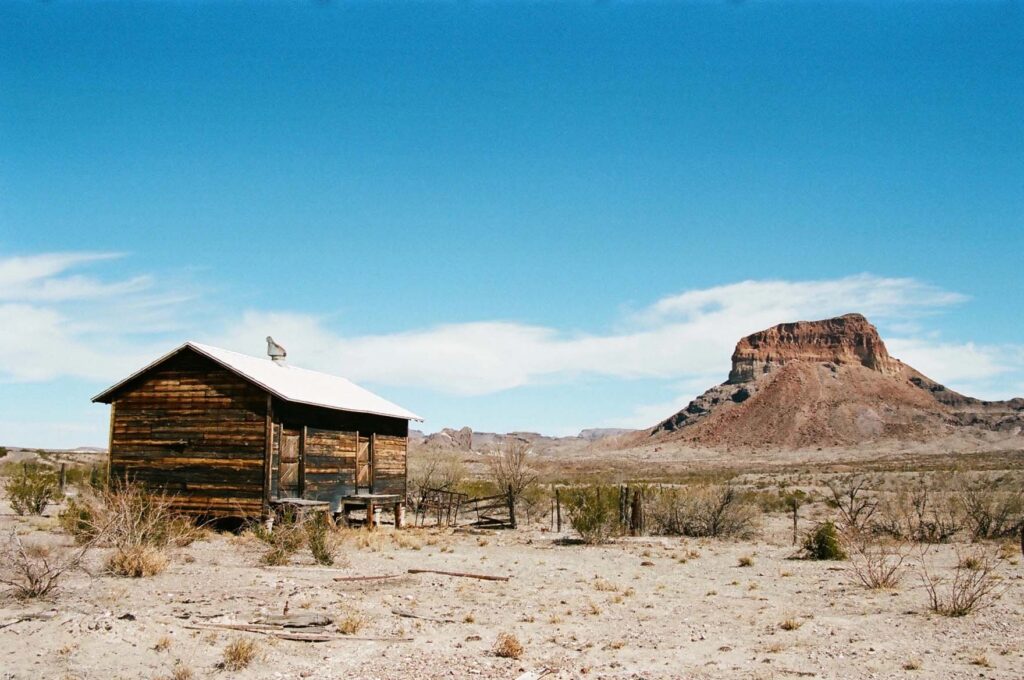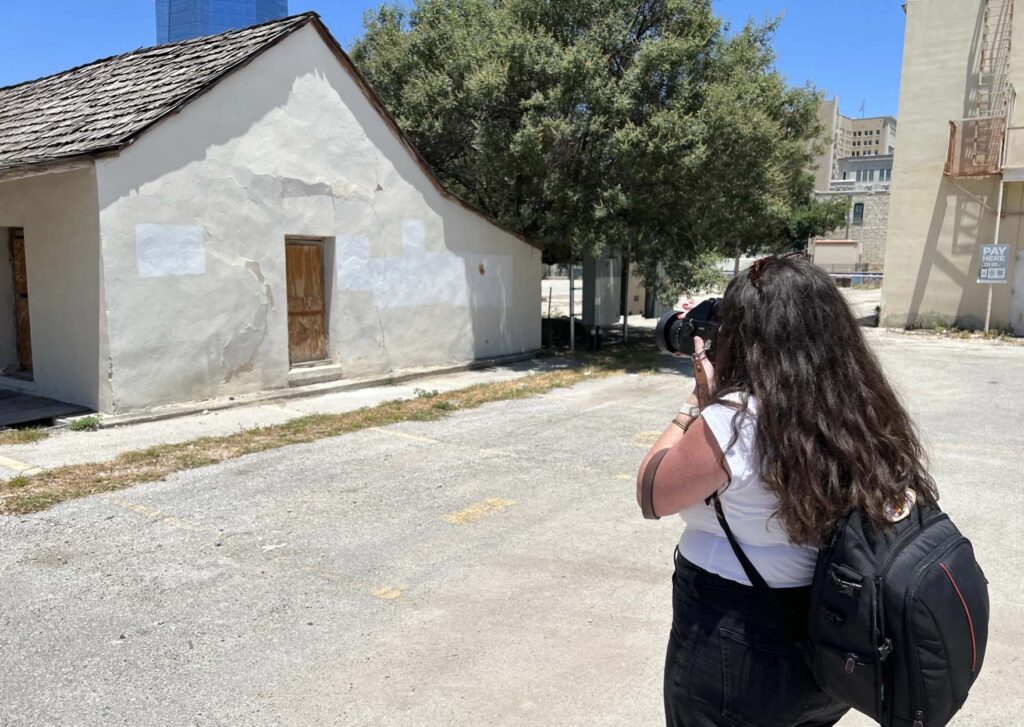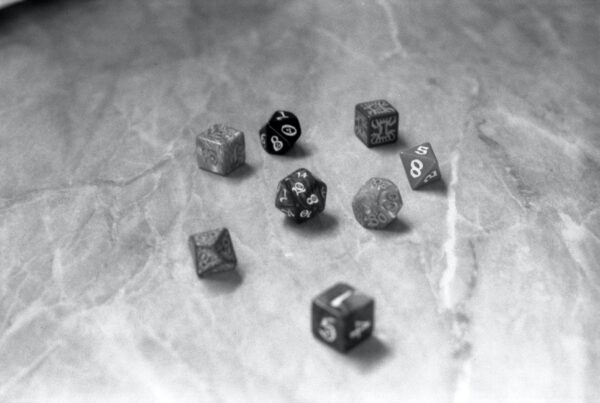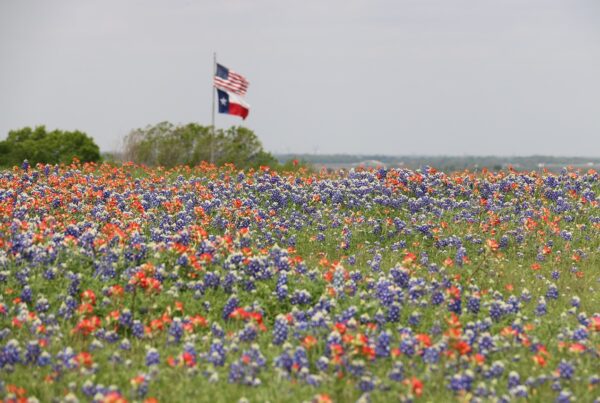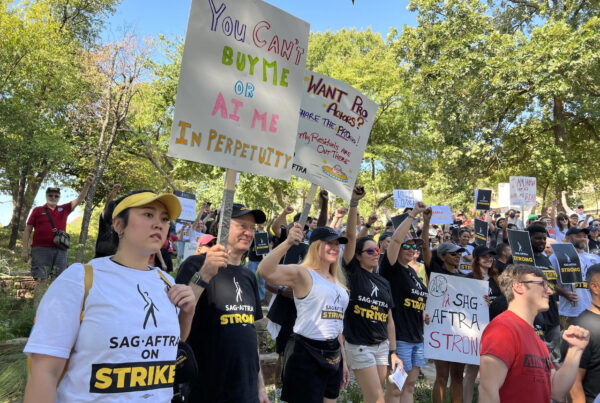From Texas Public Radio:
In the middle of downtown San Antonio, a block or two from Texas Public Radio’s downtown headquarters, photographer Kat Swansey is lining up a shot. Standing dead in front of the 18th century De La Garza house, she carefully pulls focus.
“It looks like something you would see in West Texas,” Swansey remarks.
After every shot, Swansey cranks a handle on the camera to advance her film to the next frame.
“It’s all manual,” she explains. “There’s no autofocus on here, I have to manually line up every shot and focus, get the aperture right.”
Based in Austin, Swansey shoots on film, exclusively. She’s part of a growing number of artists who are choosing film as a way of expressing their unique vision — and keeping the analog film industry alive. You might be surprised to learn that Kodak and Fujifilm are still very much in business. And 30 years ago, a company built out of a kind of an artist collective opened up shop.
Digital photography was still in its infancy when Lomography started selling film. And since the company’s founding they’ve offered brilliant color or tinted film stock for an artistic touch, says Birgit Buchart, the New York-based General Manager of Lomography in the United States.
“These people decided to treat film photography as like a fun and experimental kind of hobby that is not trying to be the best quality depiction of reality, but just like a creative tool in your daily life,” she explains.
That emphasis on everyday art, and celebrating the time it takes to develop, has helped the company sustain its business through the digital takeover of the industry.
“Nowadays, especially for people who grew up with digital or even smartphone cameras in their pockets, a lot of the time, the appeal for film photography is you have to wait, you have to be patient,” Buchart said. “And [there’s] that surprising moment when you get the film back from the lab and when you have something fun! Like completely different colors, that that’s really exciting.”
Back in Texas, Swansey muses, “I’ve just always been really interested in a life that happened before me.”
Swansey grew up in Brenham, taking road trips on the backroads with her grandfather, who she says was a wealth of information about Washington County.
Now, her new book “Texas Textures” looks at old gas stations, farmhouses, and classic signage, and features not only her photographs, but a narrative about the places she’s visited that’s full of historical information.
“I wanted to make sure I was doing right by these places.”
Swansey spends a lot of time on the road in West Texas. Of the film photos she takes, she says, “I love the grain. I even love the dust that occasionally makes its way into your shots. I feel like it adds a little bit more texture to the images. And I just love that with each photo I take, I’m creating something physical and something that’s tangible that I can hold.”
Swansey isn’t the only one that feels that way today, says Lomography’s Birgit Buchart.
“The more digitized our world gets, the more people are longing for something analog,” Buchart says. “We are less of a niche company than we used to be 10 or 15 years ago.”
Like many hobbies, film photography can get expensive, if you let it. But point and shoot cameras can be found for less than $50 online, and a roll of film is somewhere between 10 and 15 bucks. Some chain drugstores still process film (although it takes several days), and independent labs like Digital Pro Lab in San Antonio will process and scan negatives for sharing online.
Buchart says “Browsing and getting inspired by other photographers is also a great way to get into it.”
The benefits of the art form are as endless as the Texas backroads Swansey travels.
“I’ve met people around the world that I would have never had an opportunity to connect with or learn from,” Swansey says. “And it’s fun. It gets you out into the world. You can see things that you maybe have driven past a hundred times, and never even looked at a second time.”
Like the De la Garza house, just steps from TPR’s downtown studio. Take another look at the top of this page, to see it again, for the first time.


